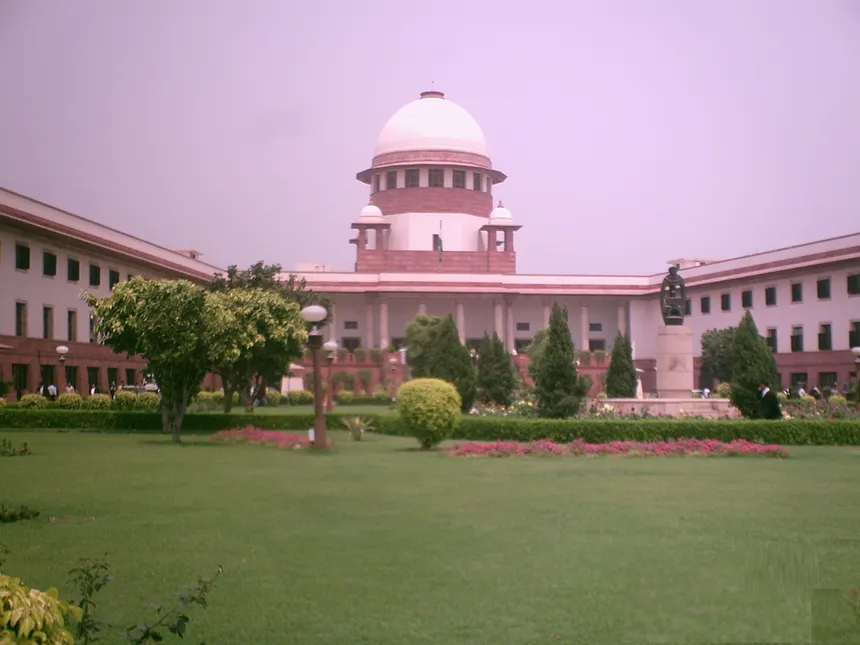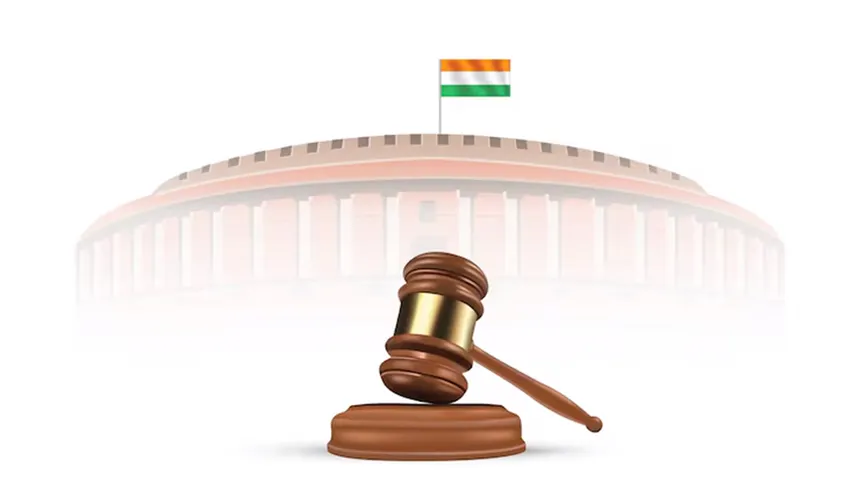India, the world’s largest democracy, is a federal republic comprising 29 states and 7 union territories. The country’s federal structure is a unique blend of constitutional and unitary elements, making it a fascinating topic of study for political scientists and laymen alike. In this article, we will go into the intricacies of India’s federal structure, exploring its history, principles, and key features.
The Evolution of Federalism in India
Federalism in India has its roots in the country’s struggle for independence. The Indian National Congress, led by Mahatma Gandhi, fought for self-rule and social and political reforms. The Constitution of India, adopted in 1950, explicitly outlined the country’s federal structure. The Constitution divided powers between the central government (Union) and the state governments, ensuring a healthy balance between authority and accountability.
Key Principles of India’s Federal Structure
India’s federal structure is based on the principles of distribution of powers, separation of powers, and federalism. The Constitution divides powers between the Union and the states, ensuring that no single government has absolute authority. The division of powers is done to ensure that each government has its exclusive sphere, preventing encroachment and promoting cooperation.
Distribution of Powers

The powers of the Union and the states are distributed in such a way that each government has its unique responsibilities. The Union has powers over national defense, foreign policy, and inter-state trade, while the states have responsibility for law and order, public health, and education. This distribution of powers ensures that the central government has a say in matters of national importance, while the state governments are free to govern their respective territories.
Separation of Powers
The Constitution of India also ensures a separation of powers between the legislative, executive, and judicial branches of government. The legislative branch (Parliament) makes laws, the executive branch (Council of Ministers) implements them, and the judicial branch (Courts) interprets them. This separation of powers prevents the concentration of authority and promotes accountability, ensuring that each branch serves as a check on the others.
Federalism in Practice
India’s federal structure is put into practice through the system of cooperative federalism. The Union and the states work together to achieve common goals, often through joint initiatives and shared responsibilities. The Finance Commission, which is responsible for allocating funds between the Union and the states, ensures that resources are distributed equitably. Additionally, the Planning Commission, which has been replaced by the NITI Aayog, provides guidance and support to the states for planning and development.
Challenges and Projections
Despite its many strengths, India’s federal structure faces several challenges. One of the most significant is the power struggle between the Union and the states, often resulting in conflicts over authority and resources. Another challenge is the uneven development of the states, with some states receiving more resources than others. To address these challenges, there is a growing need to promote cooperative federalism, ensure a more equitable distribution of resources, and strengthen the institutional framework of federalism in India.


